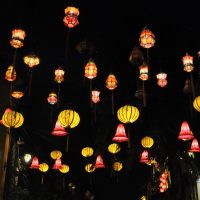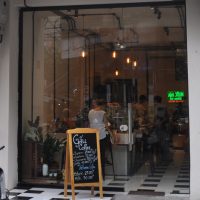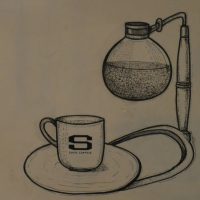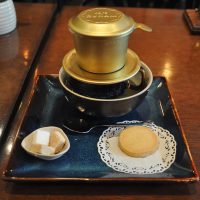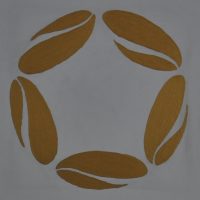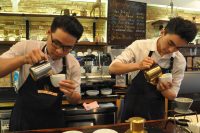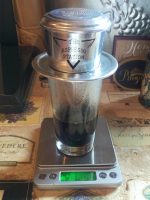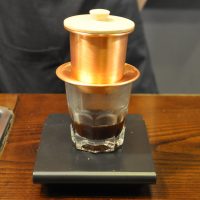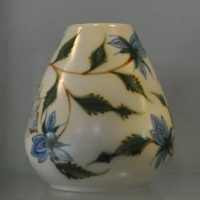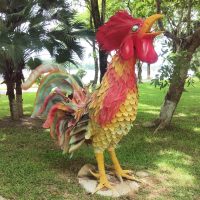 Welcome to the fourth instalment of my Vietnamese Travel Spot, covering my trip to Vietnam from exactly three years ago. I wrote some of it up at the time, but never completed the posts about my train journey from Ho Chi Minh City to Hanoi, a 36-hour epic which I did in three stages.
Welcome to the fourth instalment of my Vietnamese Travel Spot, covering my trip to Vietnam from exactly three years ago. I wrote some of it up at the time, but never completed the posts about my train journey from Ho Chi Minh City to Hanoi, a 36-hour epic which I did in three stages.
The first stage, Ho Chi Minh City to Danang, was 18½ hour overnight journey on a no-frills sleeper leaving Ho Chi Minh City in mid-afternoon and arriving in Danang the following morning. The second stage saw me spend a couple of days in Hội An before travelling by train from Danang to Huế, the most scenic part of the route.
This, the final stage, covers my time in Huế, plus the last leg of my journey, from Huế to Hanoi. This involved another sleeper, which left Huế late in the evening and arrived in Hanoi just before midday the following morning. I then had three days to explore the Vietnamese capital before flying back late on the evening of the third day, first to Ho Chi Minh City, then back to Heathrow and home. This, incidentally, was the first time that I flew in business class!

